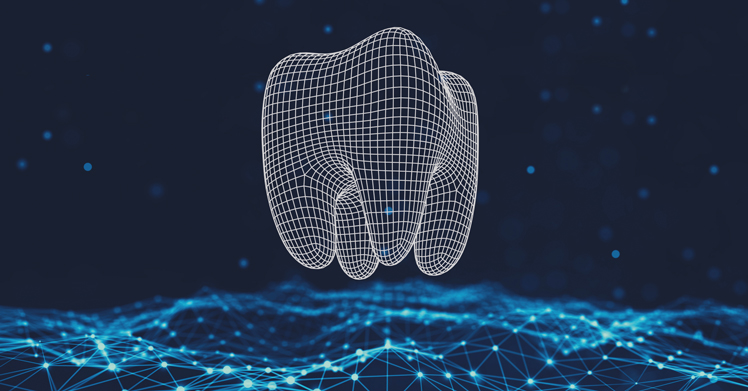Marcos White, owner of Courtyard Dental, grew his revenue by 33% in 12 months without hiring any new staff. The cause? Embracing digital dentistry.
As an early adopter of technology, Marcos has been working with intraoral scanning for over five years. Today, he lectures internationally on digital dentistry and runs courses from his thriving private practice in Yorkshire.
Here, Marcos shares his first experience of the power of digital dentistry and how it has changed his practice…
I first encountered intraoral scanning back in 2014 when I was encouraged to buy a Trios by our dental lab. This was purely for the benefits of increased efficiency and accuracy, which is still the main reason dentists consider investing today.
Over the years that followed, we grew curious about the possibilities of milling our own restorations chair-side and bought a CEREC. This ultimately led to us building our own on-site digital lab.
Our lab now produces every restoration for our practice, which includes over 1,500 veneers a year and implant restorations for over 500 implants.
A radical overhaul of our business
In the past 12 months, we shifted our scanning system to an Itero due to its ability to deliver a digital simulation of an Invisalign® outcome in 90 seconds. We knew, correctly as it turned out, that this would transform our Invisalign® business.
What we didn’t know was how it would transform our consultation process, digital consent, treatment planning and, ultimately, the way we delivered our treatments in such a way that patients KNEW they would get what we promised at the outset.
A digital promise made to a patient, and delivered to them in actuality through digital replication.
Increased treatment uptake
We were encouraged by our Itero rep to scan everyone, whether they are new or existing patients and whether or not they attended with an interest in the treatment.
In the words of Christian Coachman, CEO of Digital Smile Design, ‘It is our obligation to demonstrate what we are able to do for our patients.’
Too many times we wait to be asked, or are too frightened to ask, an awkward question about how a patient feels about their smile. But what might the outcome be if it is standard practice to scan everyone and run an orthodontic simulation?
“The truth is, that digital scanning allows a patient to see their teeth in colour on screen in a way they never have before. It enables patients to visualise not just the problems but also the solutions.”
The answer is that in the first month we had the scanner, we ran outcome simulations on three patients who had come simply to join the practice, and they bit our hands off to move forward with treatment.
None of them had ever heard of the product or technique before. One of them got out her wallet whilst still in the dental chair and asked if she should pay now.
The truth is, that digital scanning allows a patient to see their teeth in colour on screen in a way they never have before. It enables patients to visualise not just the problems but also the solutions.
Digital consent
This technology also brings with it the concept of digital consent, i.e. never carrying out dentistry on a patient until you have completed it in the digital world first. These ‘digitally designed outcomes’ (DDO) are also carried through into restorative dentistry.
For patients more suited to veneers or complex reconstructive solutions, a DDO is created from their scans, used to print models and superimposed onto a facial photograph so the patient can visualise and emotionally engage with the solutions being offered.
This forms the basis of digital consent and an effective contract that you will deliver on this promise. And because of the predictability that digital brings in the dentistry itself, this contract is readily achievable.
Which means that more and more patients start telling more and more people about your digital processes. That sets you apart from the competition. That makes you special.
The business benefits of digital dentistry
So, to summarise, there is a strong business case for digital dentistry:
- Patients who see their own problems in colour on screen are more likely to accept the solutions you offer
- Patients who see spaces and problems further back in the mouth are more likely to accept more comprehensive treatment plans than they did before
- You are able to cheaply and quickly demonstrate what the outcome will look like before you ever begin treatment
- You are able to deliver on that promise with confidence by using proven workflows available on one of my monthly courses
- All of this starts the momentum of word of mouth that still drives all good businesses.
For these reasons, and many more, I believe digital dentistry will be the real driver of change for our profession.
